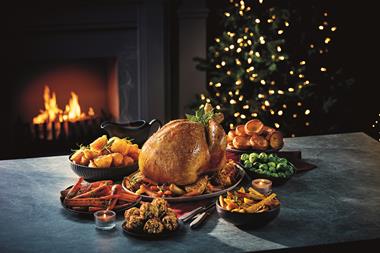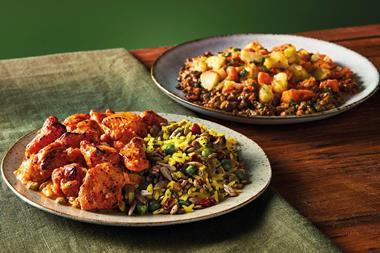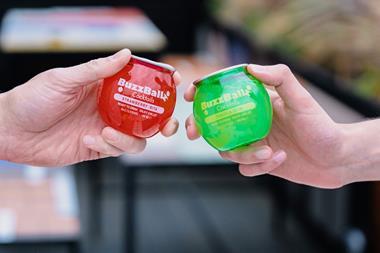
Christmas just isn’t Christmas without a mince pie. But the key ingredients that make it a festive favourite – butter, eggs, and a generous dollop of cream – are off-limits for the growing number of vegans in the UK. And it’s not just vegans who are looking for dairy-free options this Christmas. In fact, 18% of Brits would consider a vegan alternative to their favourite Christmas foods this year, according to a nationally representative poll commissioned by Walnut Unlimited.
But those consumers won’t dig in unless the taste is right. So how exactly do manufacturers replicate that taste without the use of dairy? And can vegan mince pies ever measure up to their standard counterparts in a taste test?
The sensory challenges
Manufacturers have their work cut out in creating a vegan mince pie that hits the right spot. That’s because many of the sensory aspects of pastry are the result of dairy and eggs. In vegan alternatives, those ingredients are naturally off-limits.
Similarly, in the process of baking, the addition of milk, butter and eggs in pastry dough provides crumb structure and aids aeration, making the dough light, crisp and crumbly.
These ingredients also contribute to moisture, colour, texture and flavour in pastry, so removing even one will affect the eating experience. And removing all three is a huge challenge on the structure and integrity of the pastry.
As milk and butter originate from animals, they contain higher levels of saturated fat. That’s the reason why animal fats are solid at room temperature. In contrast, most vegetable fats – or oils – are liquid at room temperature. Solid fats act as shortening agents in pastry making. Fats melt to create a barrier around gluten molecules from flour, impeding the formation of gluten matrices and preventing an elastic and chewy dough (such as that required for pizza dough).
This shortening action is something that liquid plant oils struggle to mimic. Palm and coconut oils, however, have higher saturated fat content than other vegetable oils and are solid at room temperature and are therefore suitable shortening fats. Many vegan recipes use palm oil as a dairy alternative in pastry recipes.
The taste test
So how do the two measure up in a taste test? We compared standard supermarket mince pies with their vegan counterparts and the findings were interesting. Firstly, and arguably most importantly, the flavour of all three vegan mince pie samples were very similar to their non-vegan equivalents. These alternative mince pies rose to the taste challenge marvellously. The fruit fillings were sweet and rich, as you would expect from any mince pie worth its salt.
From a sensory perspective, the key giveaway of their vegan origin was the shortness of the pastry and lack of binding keeping the pastry together. The pastry crumbled more easily on cutting and on eating, and overall the pastry was less richly buttery than the non-vegan versions. Also, though the vegan mince pies crumbled more on cutting, the pastry did not melt so quickly in the mouth and was a little chewier. Overall, the non-vegan mince pies were easier to eat as they stayed more intact during consumption.
From a sensory perspective, both versions had their merits. Non-vegan was top when it came to melting in the mouth, buttery flavour and the overall ease of eating, but vegan equivalents offered a crumble on both cutting and tasting, with a greater sweetness and fruitiness in their flavour.
Generally, we sensory scientists maintain an objective view of our product samples, but if I was to choose, the buttery flavour of the non-vegan just clinched it for me. Still, the close competition between the two means many more shoppers may be tempted to try vegan versions this Christmas.



















No comments yet